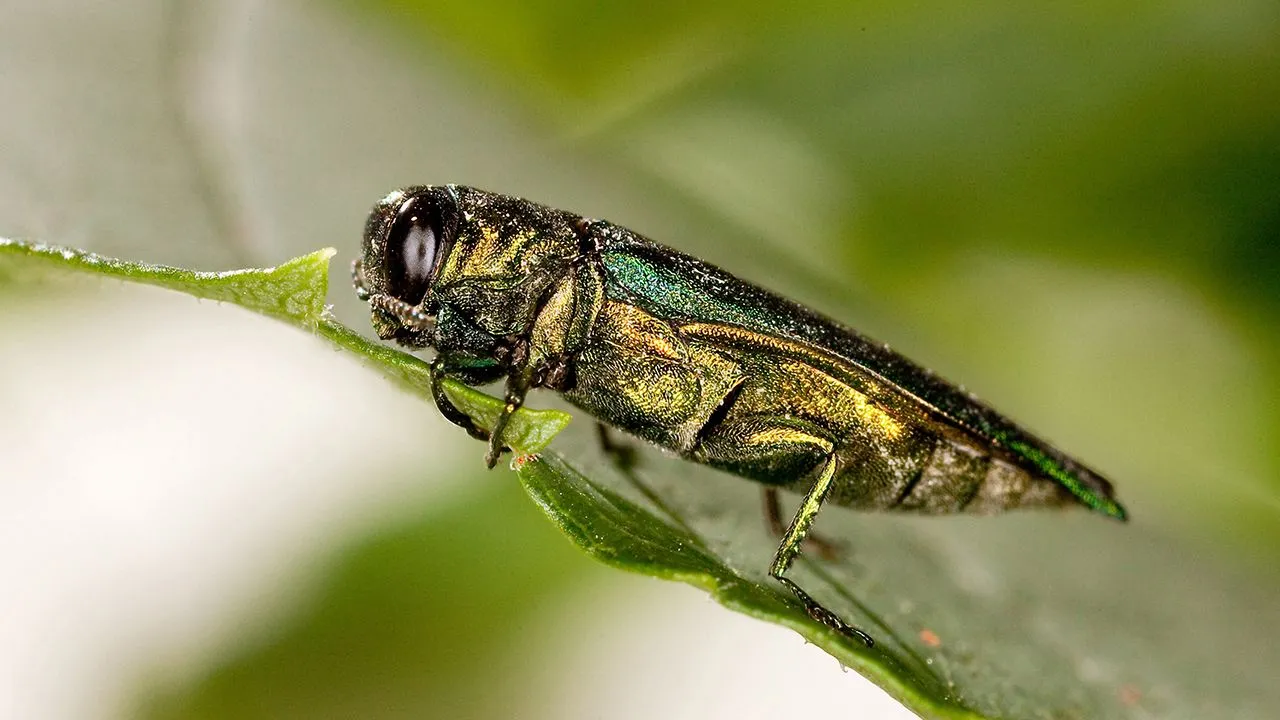Nestled in the heart of the southeastern United States, Tennessee boasts breathtaking natural beauty and a rich diversity of flora and fauna. However, in recent years, this picturesque landscape has faced a severe threat: the invasion of the emerald ash borer (EAB). This invasive insect, native to Asia, has wreaked havoc on ash tree populations across North America, including Tennessee. In this blog post, we will explore the devastating impact of the emerald ash borer problem in Tennessee and the measures being taken to combat this silent menace.
1. Understanding the Emerald Ash Borer:
The emerald ash borer is a metallic green beetle that targets ash trees as its primary host. Native to Asia, this invasive pest likely arrived in the United States through international shipping. Since its initial detection in Michigan in 2002, the EAB has spread rapidly, leaving a trail of destruction in its wake. In Tennessee, this beetle has become a significant concern for the health and survival of ash tree populations.

2. The Ash Tree’s Role in Tennessee’s Ecosystem:
Ash trees play a crucial role in Tennessee’s ecosystems, providing habitat and food sources for various wildlife species. Additionally, these majestic trees offer shade and aesthetic value, enriching the state’s urban and rural landscapes. The decline of ash trees due to the EAB infestation poses a severe threat to the ecological balance and aesthetic appeal of the region.
3. Devastating Impact on Tennessee’s Forests:
The emerald ash borer infestation in Tennessee has resulted in the loss of millions of ash trees. This has not only affected the state’s forests but also impacted the timber industry and local economies dependent on ash wood products. Furthermore, the reduction in tree cover has led to soil erosion and changes in microclimates, impacting other plant and animal species that rely on ash tree habitats.
4. Early Detection and Prevention Efforts:
Efforts to combat the emerald ash borer problem in Tennessee have focused on early detection and prevention. State authorities, alongside the U.S. Department of Agriculture (USDA) and other organizations, have implemented stringent quarantine measures to limit the movement of potentially infested wood. Raising public awareness about the signs of EAB infestation and enlisting citizen help in reporting sightings have been crucial in controlling its spread.
5. Insecticide Treatments and Biological Controls:
Arborists and researchers have been exploring various insecticide treatments to protect valuable ash trees from EAB infestation. Systemic insecticides can be applied to the tree’s roots or trunk, providing protection from within. Additionally, biological controls, such as introducing parasitoid wasps that prey on EAB larvae, have shown promise in managing the beetle’s population.
6. The Importance of Tree Diversity:
As Tennessee continues its battle against the emerald ash borer, promoting tree diversity emerges as a vital strategy. Encouraging the planting of a variety of tree species helps reduce the impact of EAB infestation on a broader scale. By planting different types of trees, the state can build more resilient forests that can better withstand threats from invasive pests and diseases.
Conclusion:

